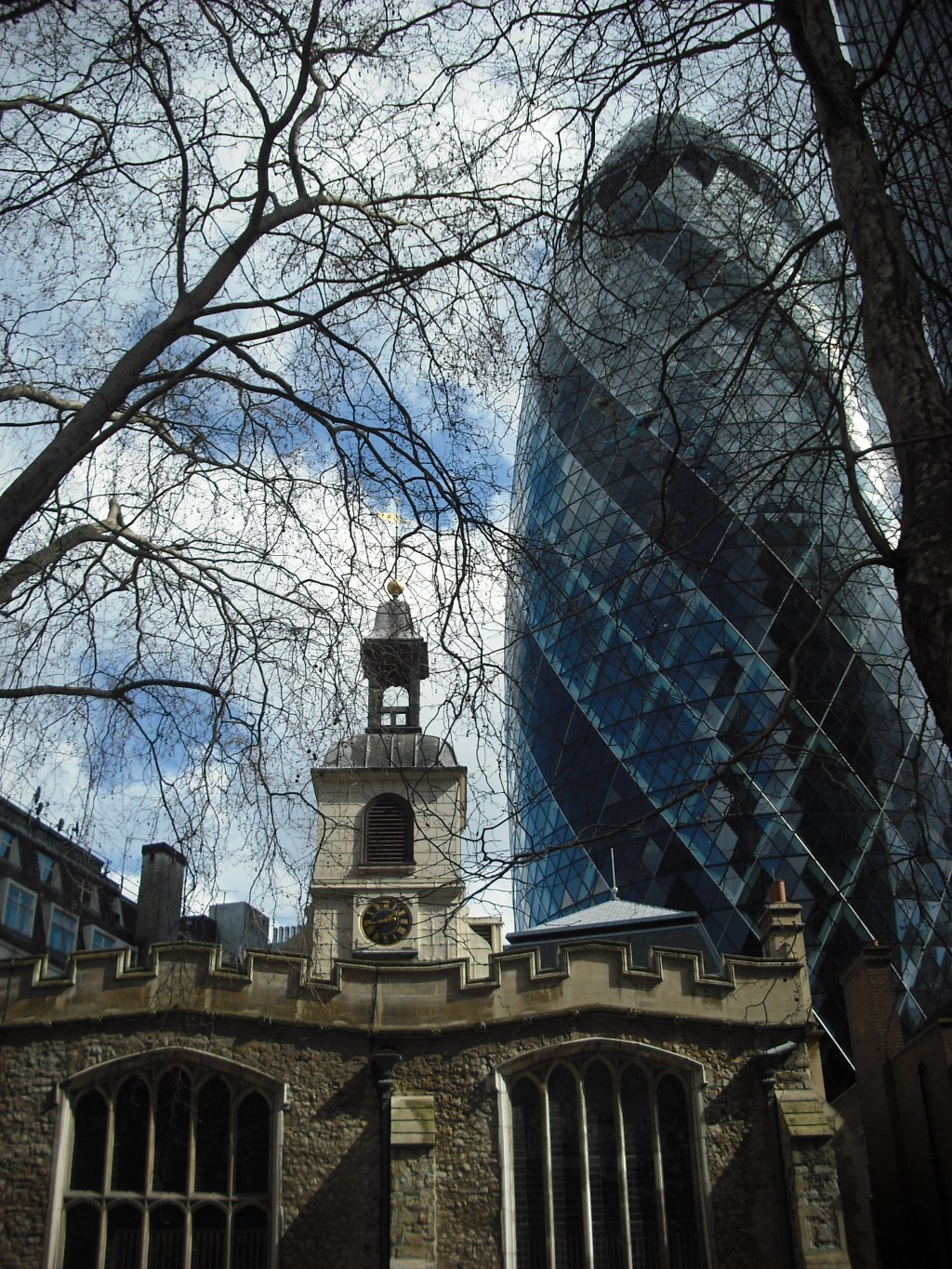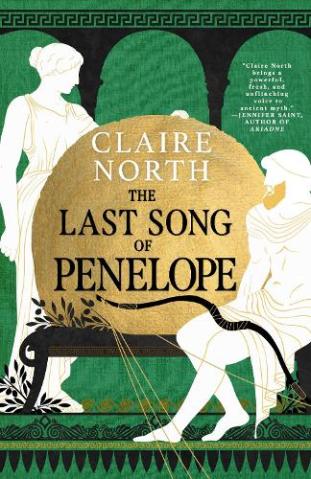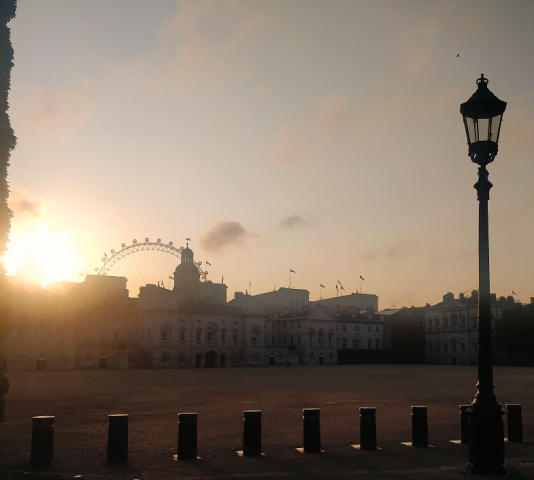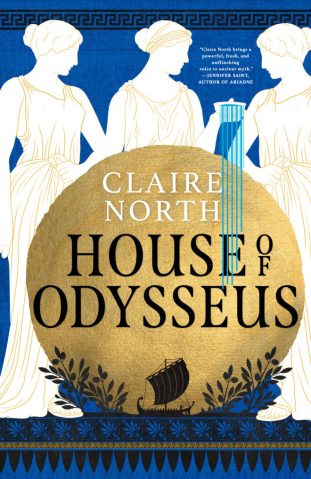Postman’s Park

Funny how you can think you know a place and then, one not very special day at all, you look left and spot something completely different.
Take Postman’s Park.
I think I know the area around St. Pauls reasonably well. As a kid I used to do violin lessons in the Barbican, and it was an on-going game to try and find a) a new way of getting from school to music by as many different underground routes as possible and b) to get from the Barbican to home, again taking as many different paths as I could possibly obtain. Thus I came to learn that the yellow line out of the Barbican is a complete lie (do NOT follow it to find your destination!) and that, with a little cunning wiggling, you can exit that complex anywhere between Smithfield Market, Moorgate, London Wall or Guildhall, without any real geographical sign as to where you were going until you’ve got there.
In this way, I’d often wind up at St. Pauls, wiggling through streets with names like Gutter Lane, or past old guild buildings such as the Saddler’s Hall, with the helpful motto for all manufacturers of saddle-based products: ‘Sit Fast, Hold Sure’. When I was studying at LSE, I’d often walk up past Barts Hospital, or round the Old Bailey on my way home, and reached a point where I didn’t need to think about such vital questions as left or right at this junction, where’s best to get a tin of beans and how far is it to the next public loo?
Imagine, therefore, my surprise to notice, a few days ago, a tiny gate to a little path that I hadn’t spotted before. Not because it wasn’t there – it’s always been there – but simply because in all that wiggling it was something which hadn’t cropped up on my radar. Stuffed just off the rather mis-named ‘Little Britain’ (a road of minimal merit), opposite a statue to a Victorian postmaster who you can’t help suspect has been liberally parodied by Terry Pratchett in Going Postal, is one of those little oases of green that London sometimes coughs up, tucked discretely between the high buildings of EC1, called Postman’s Park.
It’s built on the site of the old General Post Office, back from Victorian times when a letter posted at 9 a.m. in Finchley would be guaranteed delivery by 5 p.m. in Hammersmith (a feat that our postal service now would recoil from in dread), and in many ways is an unremarkable patch of grass and plane trees hemmed in by brick.
However, along one wall of this place is a line of tiles, each one declaring deeds of ‘Heroic Self Sacrifice’ to create a memorial of names and little one-line explanations, as thus:
‘Mary Rogers, Stewardess of the Stella, March 30 1899. Self sacrificed by giving up her life belt and voluntarily going down with the sinking ship.’
Or:
‘John Clinton, Aged 10. Who was drowned near London Bridge trying to save a companion younger than himself. July 16 1894.’
… and so on. It’s a very strange memorial, listing as it does not merely the names of people who died, but also the manner, which is often horrific. There are a lot of children too, and it creates a strangely uneasy feeling to see the stories of children, some as young as seven, who died in what the makes of the memorial dubbed ‘an act of heroic self-sacrifice’. The overall effect is both strangely moving, and a bit disturbing. It is also in many ways an fascinating example of a late-Victorian mindset which almost romantices these horrible events, turning personal tragedy into a moral for society.








